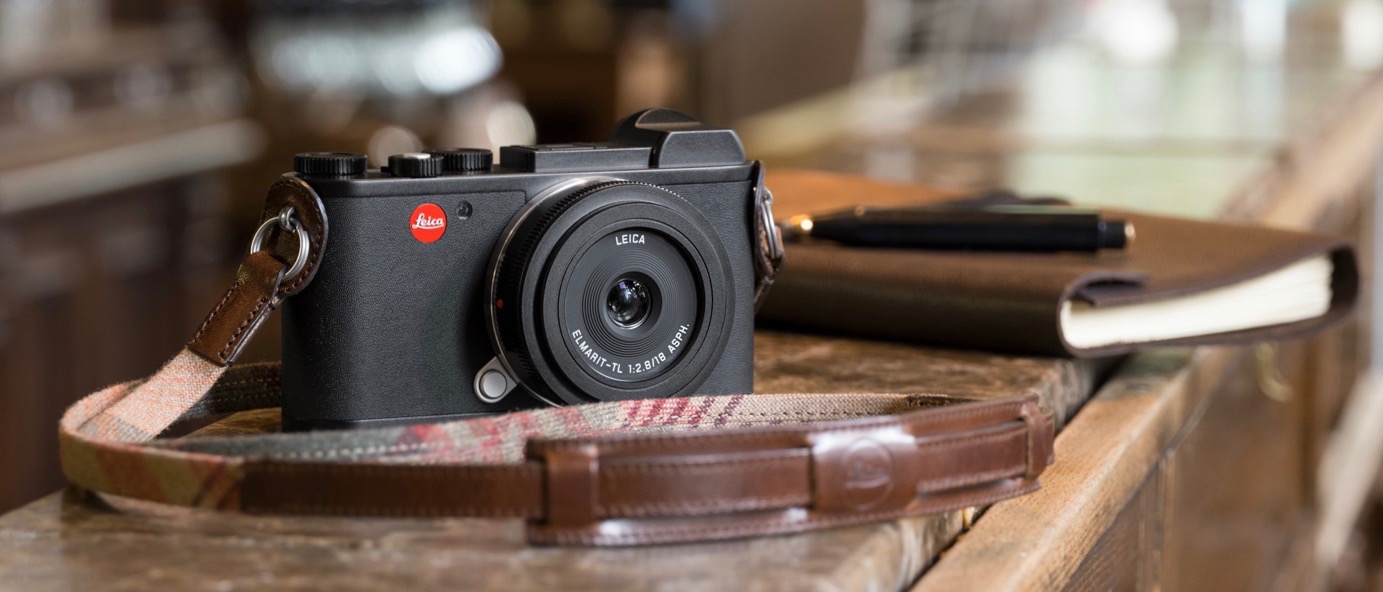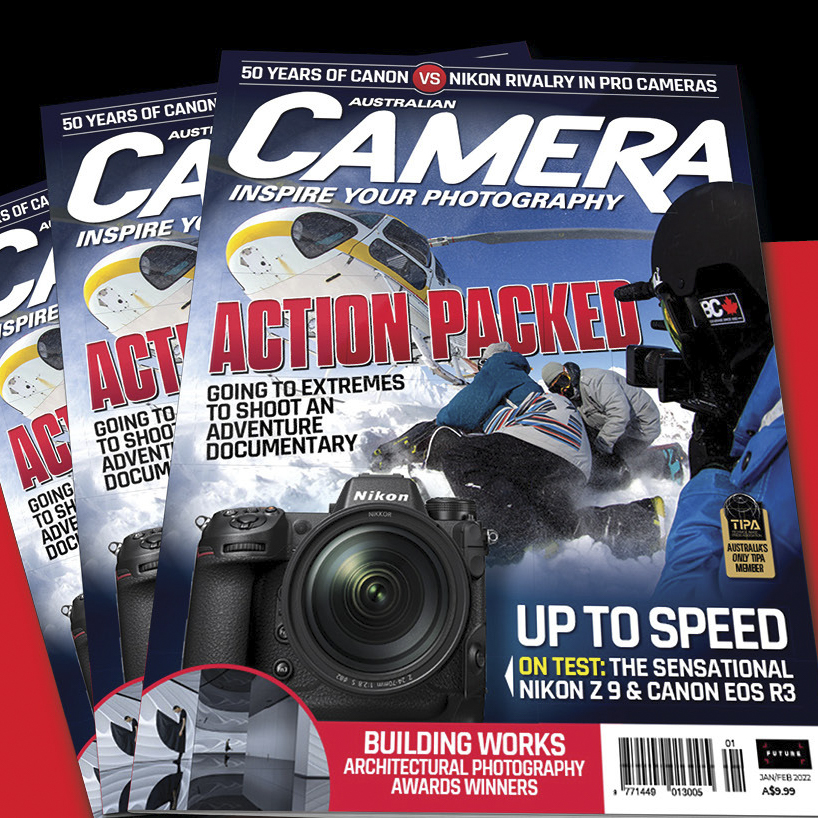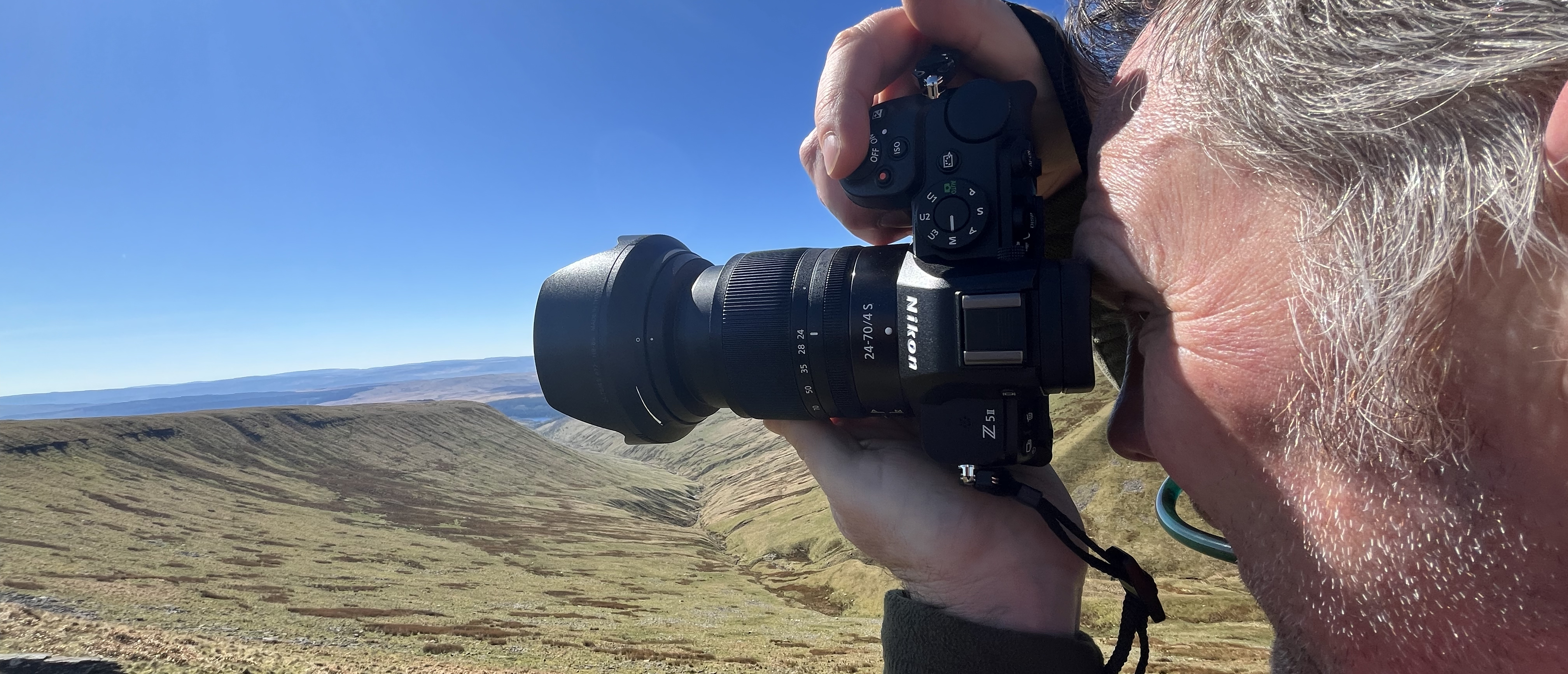Digital Camera World Verdict
There’s stiff competition in APS-C mirrorless cameras and the Leica CL is a pricey option, but the Leica DNA and ‘Made In Germany’ robustness give it a distinctly different appeal. It’s a truly modern take on the classic M.
Pros
- +
Balances the classical and the contemporary well
- +
Fit and finish are exemplary
- +
Innovative control layout works well
Cons
- -
Expensive
- -
Limited lens choices
Why you can trust Digital Camera World
There’s no question Leica has greatly diversified its camera portfolio over the last decade or so. At one time, if you wanted to buy a new Leica, you could choose from a 35mm rangefinder camera or… a 35mm rangefinder camera (particularly after the sad demise of the R mount 35mm SLR system).
Now you can still have a Leica 35mm rangefinder camera, but there’s also the mirrorless SL and TL systems – full-35mm or ‘APS-C’ size sensors respectively – a gaggle of digital Ms (including the B&W-only Monochrom), the fixed-lens Q with its electronic viewfinder, or the digital medium format D-SLRs, S and S-E.
Yet despite all this choice, there’s been pretty big hole in the line-up which has just been effectively plugged by the new CL. It’s a mirrorless ‘APS-C’ format camera as well, using the same L mount as the TL2, but it’s a very different beast to the oh-so-chic T series bodies… which is actually just the point.
There has, of course, been a Leica CL before – in 1973 to be precise – the product of a co-operation with Japanese camera-maker Minolta (which, incidentally, also produced the R3 35mm SLR). Like its contemporary namesake, the 35mm CL was designed to meet the demands of photographers who wanted to own a Leica, but couldn’t find anything which really suited them in the current range. Consequently, the original camera was more compact and affordable than the M4 (and certainly the short-lived M5) with the convenience of built-in TTL metering, but retained all the classic attributes of a Leica 35mm rangefinder camera. Needless to note, for a couple of years in the mid-70s it was Leica’s best-selling camera (and is still popular with collectors today).
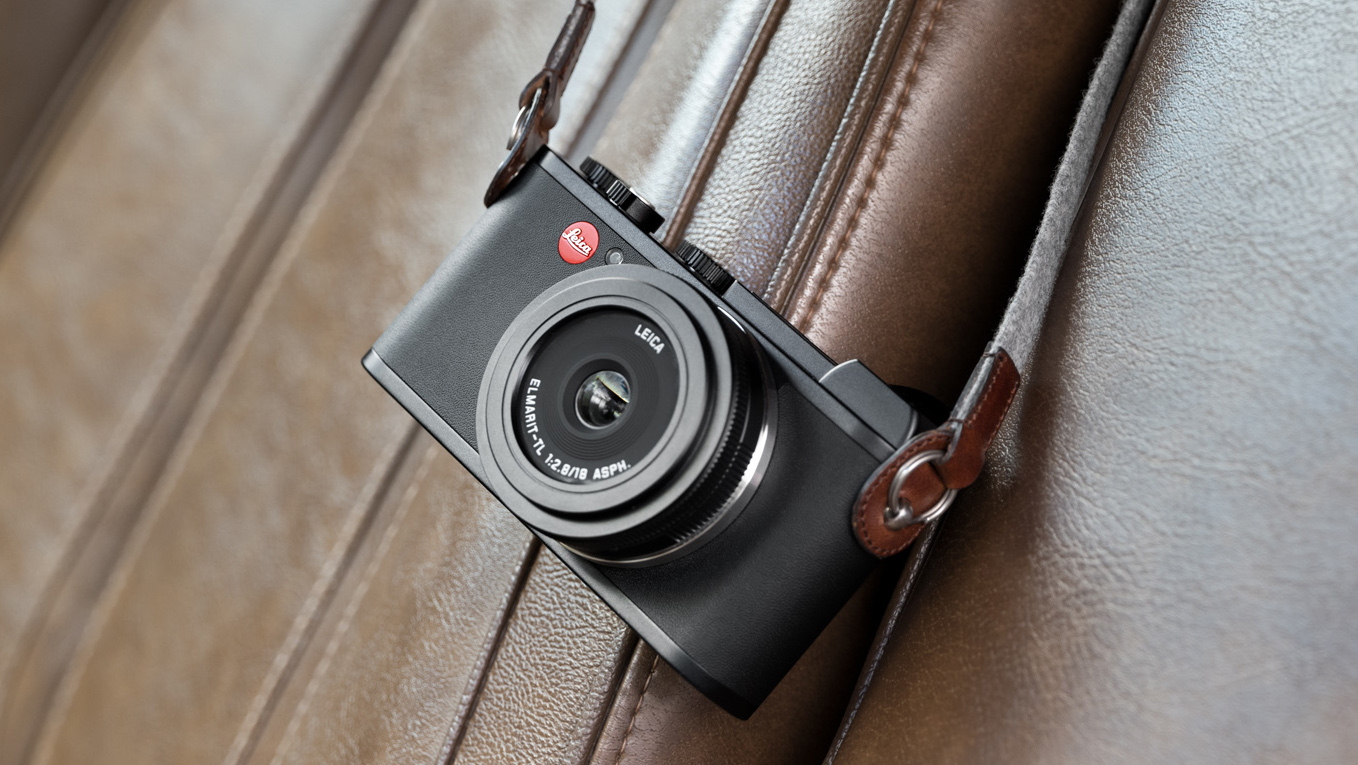
So why today’s CL? Here’s why. It’s smaller and more affordable than any of the digital M models. It’s smaller and more affordable than the Q, and has interchangeable lenses. It’s definitely smaller and more affordable than either the SL or the S series models. And compared to the TL2, it’s a lot more traditional in its styling and design plus, importantly, it has a built-in electronic viewfinder.
The T series cameras are essentially targeted at a new audience for Leica, hence the complete departure from all tradition and a comprehensive, uncompromising embrace of modernity (ironically, more so than any other brand in the mirrorless ‘APS-C’ format space). Consequently, the TL2 is not to everybody’s taste, least of all anybody who wants their Leica camera to be discernibly a Leica camera, both classical and contemporary. In the CL, says Leica, “old school meets modern age” which means it ticks a lot of boxes for a lot more photographers (and, by the way, it’s another Made In Germany model). Form an orderly queue now.
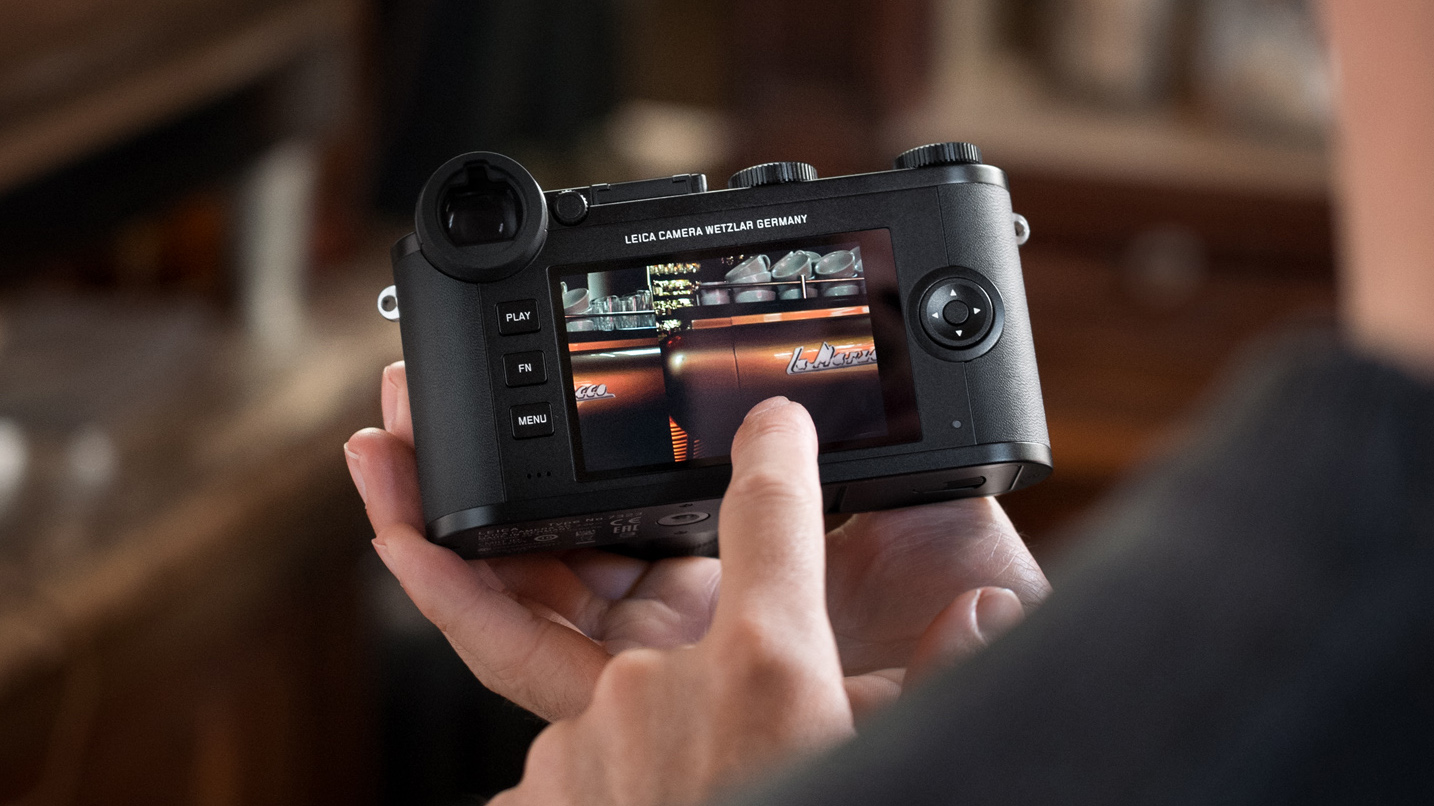
Nice touch
There’s an element of the earlier pre-M 35mm rangefinder cameras –specifically the IIIG – in the CL’s styling and, size wise, it’s closest to the X2 than anything else currently, but with a built-in EVF and interchangeable lenses (and without the pop-up flash). Either end of the crisply slimline bodyshell is fully rounded – a very classical touch – with a fine-grained wrap-around leather insert.
The all-metal body construction comprises aluminium top and bottom covers with a magnesium alloy chassis. The ‘EyeRes’ EVF is located at one end of the body – RF camera style – with most of the rear panel taken up with a flush-fitting LCD monitor screen, accompanied by just a trio of function buttons and a four-way navigator keypad.
Interestingly, there’s no traditional control dials as such and instead Leica has adopted an arrangement of twin multi-function wheels similar to that on the T series cameras, but more widely spaced and with additional function buttons set within each. In between the dials is a small LCD read-out panel – with automatic backlighting – which shows the exposure mode plus the aperture and/or shutter speed, any exposure compensation and, as it’s being set, the ISO speed. Here then, in terms of exposure control, everything is at your fingertips and readable at a glance… it’s traditional, but in a thoroughly modern way. Leica says this “feels mechanical and analog” which is does, although, of course, it’s actually electronic and digital.
Wisely, Leica has still endowed the CL with some touchscreen controls given the inherent efficiencies and the fact that it’s now becoming a standard option for both mirrorless and reflex cameras. These include ‘Touch AF’ (with or without automatic shutter release) and various browsing functions plus playback zooming or accessing the thumbnail pages. More unusual is the gesture control for switching between the photo and video modes… swipe left or right after a longer touch. Swipe up or down and the CL switches between recording and review. Once you practice a few times, it’s actually a very nifty – and contemporary – way of changing the camera’s basic operating mode.
Nevertheless, the CL is still very much more conventional than the TL2 – deliberately so, of course – using standard menus which are navigated via the keypad or, more conveniently in some situations, the right-hand control wheel (with its centre button accessing the sub-menus).
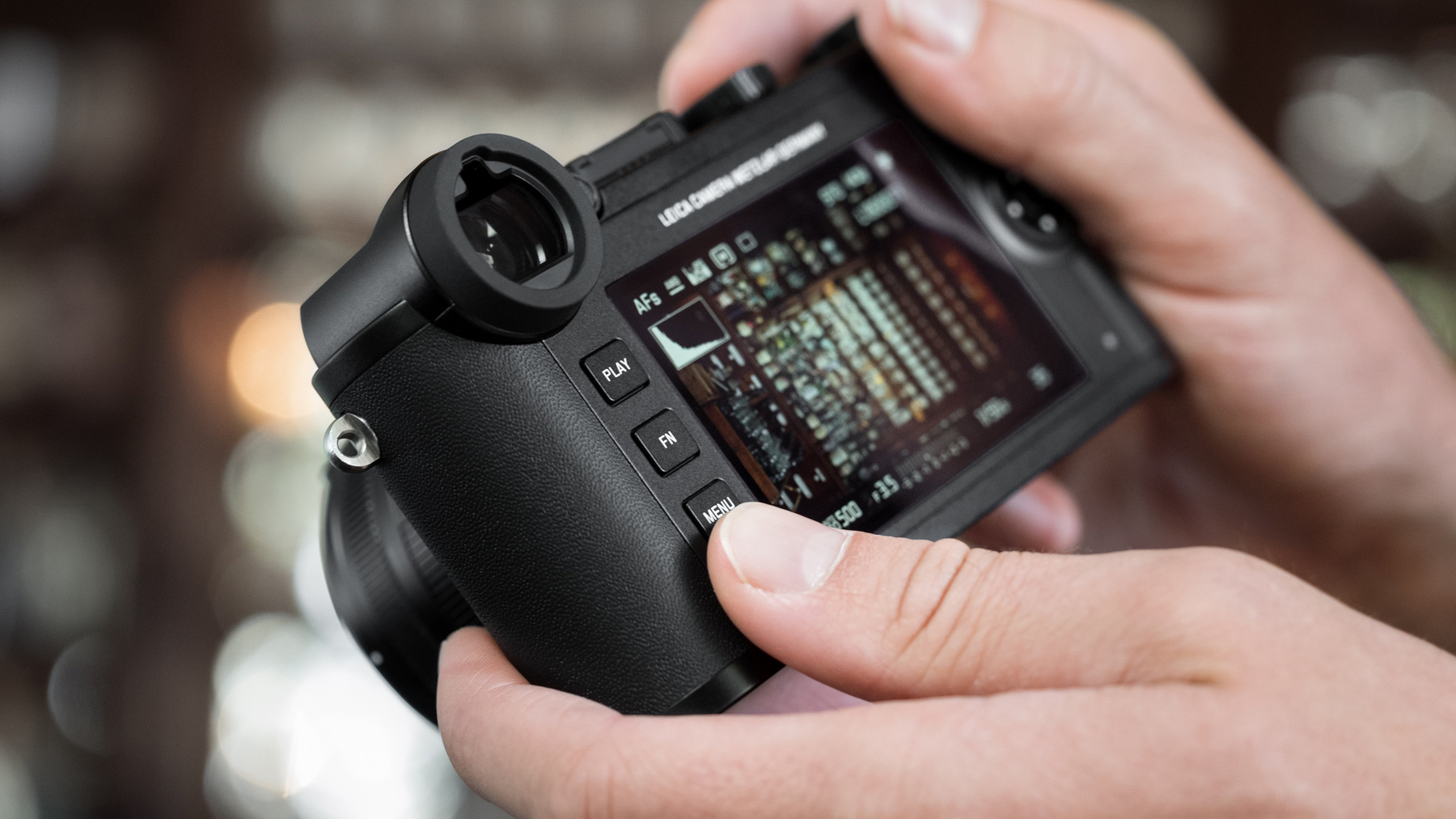
Nice turn of speed
The CL has the same ‘APS-C’ format CMOS sensor as the TL2 which has an imaging area 23.6x15.7 mm and a total pixel count of 24.96 million (24.24 MP effective). This gives a maximum image size of 6000x4000 pixels for JPEGs and 6016x4014 pixels for RAW files. The sensor’s native sensitivity range is equivalent to ISO 100 to 50,000 and Leica claims a dynamic range of 14 stops at ISO100.
A new version of Leica’s ‘Maestro II’ processor does the number-crunching, including enabling 4K video recording in the UHD resolution of 3840x2160 pixels (see the Making Movies panel for the rest of the CL’s video story). More importantly for stills photographers, it enables continuous shooting at up to 10.0 fps (with AF/AE locked to the first frame).
Data is recorded to a single memory card slot for the SD format and which supports UHS-II speed SDHC and SDXC devices. As is the case across the Leica digital camera range, RAW files are captured in the Adobe DNG format. RAW+JPEG capture is possible. There’s the choice of three JPEG image sizes, but in the spirit of keeping things simple – as per the “Das Wesentliche” philosophy – no alternative compression settings.
However, there are a few more options for working with JPEGs in-camera compared to, say, the very spartan Q. There’s a choice of five ‘Film Style’ presets – Standard, Vivid, Natural, B&W Natural and B&W High Contrast – with adjustable parameters for contrast, sharpness and saturation (over Low, Medium Low, Standard, Medium High or High settings). Mind you, that’s pretty well it in terms of manual adjustments so, for example, all the corrections (noise reduction, lens aberrations, etc.) are handled by the camera behind-the-scenes. While Leica has undoubtedly been judicious with the CL’s feature set, it does nevertheless get an intervalometer which can be programmed for time-lapse sequences of up to 999 frames at up to 24 hours apart.
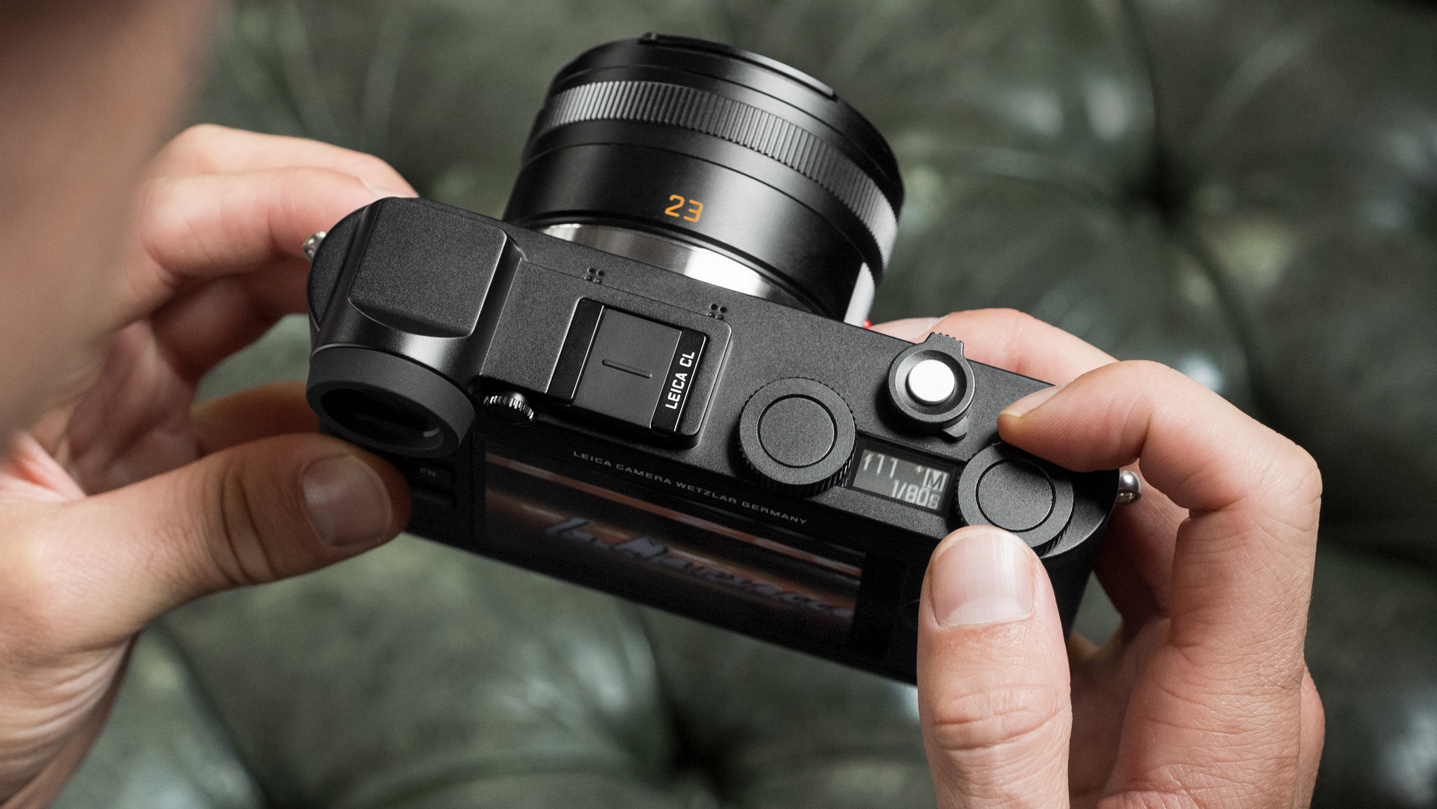
Light and color
Exposure control is based on TTL light measurements from the imaging sensor with a choice of multi-zone, centre-weighted average and spot modes. The program and semi-auto exposure modes have the usual overrides – an AE lock, compensation (up to +/-3.0 EV) and auto bracketing (over sequences of three or five frames, up to +/-3.0 EV adjustment per frame).
There’s a set of subject programs which includes all the usual suspects, plus Digiscoping, Miniature Effect, Panorama and HDR modes. The last three are pretty adventurous for Leica, but these ‘frills’ are tucked away in the scene mode menu so, if they offend your purist sensibilities, you don’t have to go near them. The Digiscoping mode, by the way, is for when the camera is attached to a spotting scope (another big part of Leica’s business) or a telescope.
The CL’s focal plane shutter has a speed range of 30-1/8000 second with flash sync up to 1/180 second, but there’s also a sensor-based shutter (a.k.a. an “electronic shutter”) which runs from 30 seconds up to 1/25,000 second. Here there’s the option of an ‘Extended’ setting which will automatically switch to the sensor shutter for speeds faster than 1/8000 second. Of course, it’s also completely silent and doesn’t produce any vibrations, but rolling shutter distortion can be an issue with fast-moving subjects.
The CL has the same 49-point contrast-detection autofocusing system as the TL2 with manual switching between single-shot and continuous operation, and the choice of ‘Spot’, ‘Field’ and ‘Multi Point’ area modes for manual or auto point selection. Face detection and auto tracking modes are also available. ‘Touch AF’ control allows for very speedy point selection from across the entire monitor screen, but disappointingly isn’t available when using the EVF. Manual focusing is assisted by a magnified image at either 3x or 6x, and/or a focus peaking display in a choice of colours (red, green, blue or white).
Auto white balance correction is supplemented by a set of five presets, provisions for making two custom measurements and manual color temperature setting (over a range of 2000 to 11,500 Kelvin), but no auto bracketing or fine-tuning.
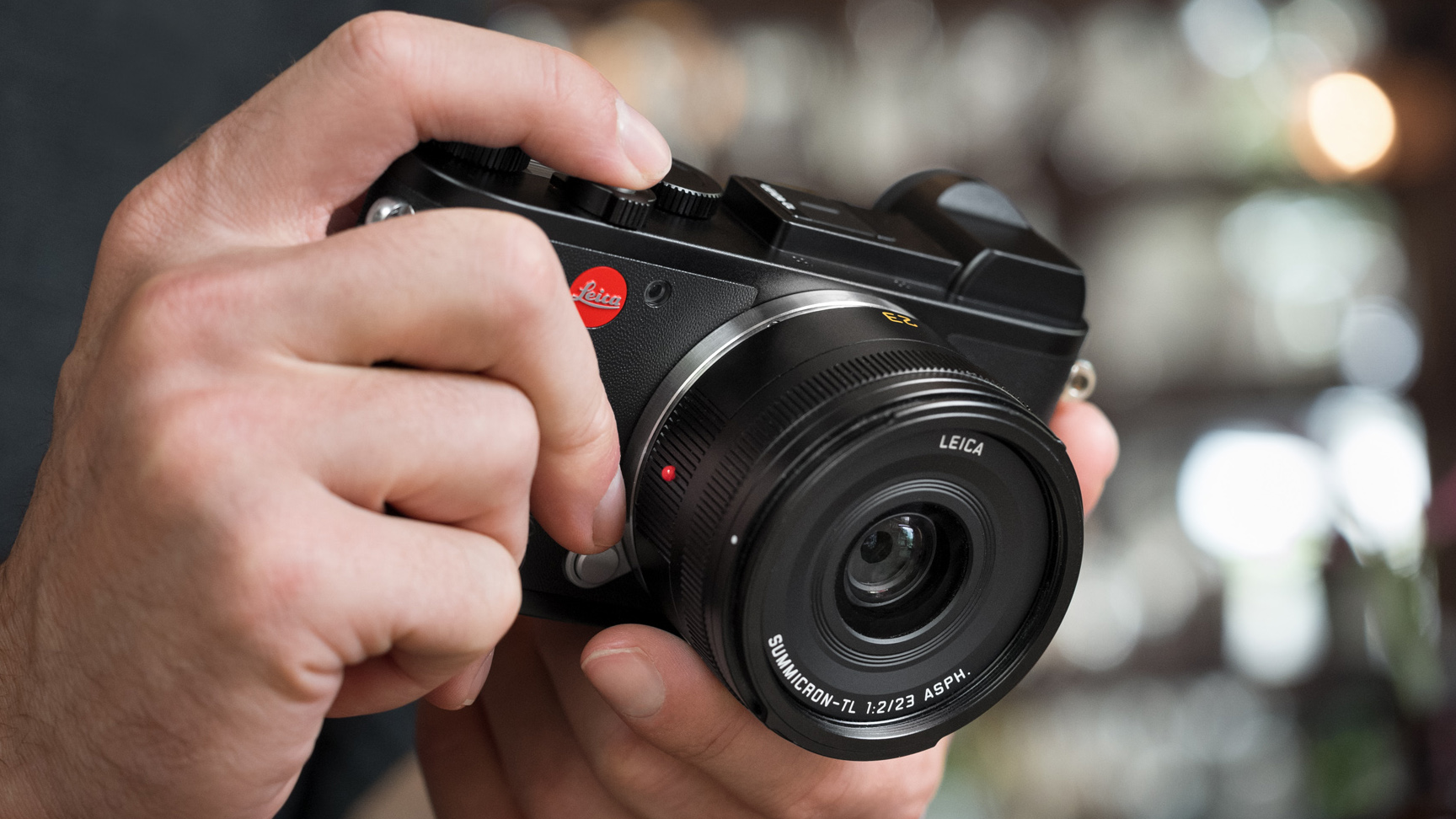
In the hand
Although there’s no handgrip, the CL is still very comfortable to hold with the fine-grain of the leather insert designed, apparently, to enhance the tactile experience. It does, but it’s also not hard to see it getting a bit marked or worn over time so you have the choice of an optional handgrip or a leather half-case (which is undoubtedly the more elegant option). Needless to note, the CL has the classic, high-precision Leica feel and the build quality, fit and finish are all superb.
The twin-dial ergonomics are also superb and you can easily do everything by feel when using EVF. Usefully, immediately upon switch-on, the LCD monitor briefly shows the functions assigned to the control wheels – as per the set exposure mode – which serves as a handy reminder. The multi-functionality of these controls is essentially regulated by the exposure mode in operation, but the right-hand dial’s centre button can be user-assigned from a selection of 33 functions as can the sole ‘Fn’ key on the camera’s rear panel. No, that’s your lot as far as control customisation goes.
The EVF has a resolution of 2.36 megadots and gives, of course, 100 percent scene coverage. The magnification is 0.74x (35mm equivalent) which makes for comfortable viewing and the eyepiece has built-in strength adjustment. It also incorporates a proximity sensor (with adjustable sensitivity) which enables automatic switching between the EVF and the monitor, but either display can be set to operate by itself. As noted earlier, the monitor is flush-fitted with the camera’s back panel which means, of course, it’s fixed but to be quite honest, an adjustable screen would just ruin the CL’s clean lines.
The monitor screen’s brightness can be set to one of five manually-set levels or for automatic adjustment. The main menu system – essentially the same as the M10’s – comprises one continuously-scrollable set of items which covers everything, including set-up. It’s an indication, if ever there was one, that the CL mostly sticks to just the basics… “Simplicity that inspires,” says Leica. Pressing the ‘Menu’ button brings up a customisable ‘Favourites’ page and this can be populated with the seven functions you use the most. You’ll probably end up using it too, because it always displays first and accessing the main menu subsequently requires scrolling down and clicking on ‘Main Menu’ which is a bit confusing at first… and always remains an extra step.
The EVF and monitor displays can be configured with a real-time histogram, a highlight warning, a dual-axis level display and a 3x3 guide grid. Exposure previewing is available with all the ‘PASM’ modes or just the auto ones. Both a brightness histogram and a highlight warning are available in replay which displays a full-screen image, but there’s the option of pages with either 12 or 30 thumbnails. There’s also a playback zoom, but no slide show or in-camera editing functions such as cropping or resizing.
Built-in WiFi is, of course, now a standard requirement and the Leica CL App allows for both the sharing of images and remote camera control with a live view feed to the smart device (either Android or iOS).
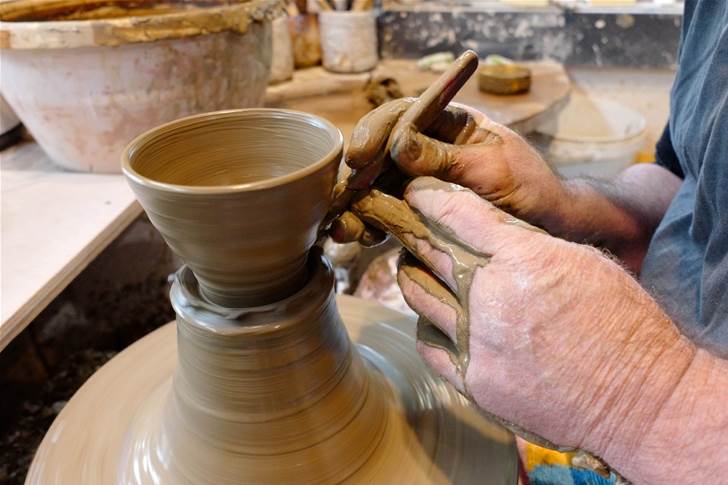
Speed and performance
Using our reference memory card – Lexar’s 128 GB SDXC UHS-II/U3 (Speed Class 3) Professional – the CL captured a burst of 200 JPEG/large files in 19.755 seconds, giving a shooting speed of 10.1 fps. We arbitrarily picked 200 frames as the burst length, but the camera would have gone on shooting at top speed until the memory card was full. It took around eight seconds to empty the buffer which is pretty snappy given the amount of data involved. The test files averaged 14.5 MB in size.
The contrast-detection autofocusing is very fast and reliable, even in low-light situations and the tracking is the best we’ve seen in a Leica digital camera. We tested the CL with the new Leica Elmarit-TL 18mm f2.8 ASPH ‘pancake’ prime lens which is equivalent to a 27mm and makes for a very compact overall package. It brings the line-up of ‘APS-C’ TL mount lenses to seven, spanning 11mm (16.5mm) to 135mm (202.5mm) and while you can also fit the SL’s full-35mm format lenses, it’s hard to see why you would, given their size and weight. Much more likely is using the M mount adapter as plenty of these manual-focus RF lenses look right at home on the CL body (there’s also an R mount adapter should you be lucky enough to have any of these Leica35mm SLR system lenses hanging around).
The JPEG image quality is exceptional, particularly in terms of the definition and dynamic range which is extremely wide for an ‘APS-C’ size sensor. With its optical low-pass filter removed, the CL’s sensor delivers beautifully crisp detailing and seamlessly smooth tonal gradations. The colour reproduction is absolutely realistic across the spectrum with the Standard ‘Film Style’ preset, but if you like a little more punch, then the Vivid preset delivers enhanced saturation without compromising either fidelity or tonality. Leica has always gone for a slightly 'contrastier' look and it makes for enhanced clarity and a more dynamic, three-dimensional feel with both colour and B&W images. Incidentally, Leica is particularly proud of its ‘APS-C’ L mount lenses which, you may be surprised to learn, are actually the sharpest it makes (along with the Q’s 28mm f1.7), with a resolving power of 60 lines per millimetre (compared to 40 lines/millimetre for M mount lenses) which, in essence, cancels out the sensor’s smaller-than-35mm size.
The high ISO performance is also a bit of a revelation with the noise reduction processing skilfully managed up to ISO 3200, ensuring no perceptible loss of saturation, contrast or sharpness. Slight graininess starts to become evident in areas of continuous tone at ISO 6400 and 12,800, but both detailing and saturation are still well preserved and even the ISO 25,000 setting is usable provided you don’t want to make big enlargements. Consequently, the Leica CL heads to the top of the low-light performance class in terms of ‘APS-C’ sensor cameras, either mirrorless or D-SLR.

Making movies
The SL full-35mm mirrorless camera is Leica’s star performer as far as video is concerned while the TL2 – and now the CL – have enough for photographers who occasionally want to make video clips, mostly for fun. Neither are likely to figure on the shopping lists of dedicated video-makers. Nevertheless, the CL can record 4K video in the Ultra HD resolution 3840x2160 pixels at 30 fps. The alternative resolution settings are Full HD at either 30 or 60 fps and HD at 30 fps. Clips are recorded in the MP4 format with MPEG 4 AVC/H .264 compression and 4.0 GB file size limit (but with automatic partitioning so recording isn’t interrupted).
Stereo microphones are built-in, but there’s no provision for connection an external mic (in fact, unlike the TL2, the CL doesn’t have any connections at all which also means no HDMI terminal). Audio recording levels can be adjusted via a gain control and there’s a wind-cut filter. Left and right channel level metres are displayed in the monitor screen. You can select a ‘Video Style’ preset with the same choice as for photography (i.e. Standard, Vivid, Natural, B&W Natural or B&W High Contrast) with adjustable parameters. The only control available over exposures is the compensation range of +/-3.0 EV.
Continuous autofocusing is available and this is where the ‘Touch AF’ facility really comes into its own, being both quick and quiet. If you prefer to focus manually, both the magnified image and focus peaking display are available.
Functionality limitations aside, the video quality is excellent, both 4K and 2K, but you need to be very careful to avoid picking up handling noise on the soundtrack.
Verdict
The challenge of balancing its illustrious heritage with contemporary competitiveness must haunt Leica’s engineers every time they sit down to design a new camera. With the T series they simply threw the history book out of the window, but it’s clearly been a studied reference for the likes of the Q, the S series and any of the digital Ms. With the CL, the fine line is more carefully trodden than ever before.
The classical elements are deftly handled and, in fact, are quite modernised in their implementation while the contemporary aspects are distilled down to largely the traditional essentials plus the few extras that are on their way to becoming essentials. The result is the most appealing digital-era Leica camera to date and, it has to be said, the one most likely to attract newcomers to the marque, especially from among the ranks of photography enthusiasts. It’s still distinctively a Leica in looks, feel and operation, but it’s also more ‘mainstream’ in that you don’t have to tap into the heritage to understand what it’s all about or appreciate its form and function.
Leica also has to read a fine line between exclusivity and popularity which it also very finely balances with the new CL. Will it repeat its namesake’s success? Well, beyond anything else, the Leica CL is a very fine camera, beautifully crafted and capable of class-leading performance. The famous badge on the front is a welcome bonus.
Read more:
Leica TL2 review
The best Leica cameras in 2020
The best full-frame cameras in 2020
Australian Camera is the bi-monthly magazine for creative photographers, whatever their format or medium. Published since the 1970s, it's informative and entertaining content is compiled by experts in the field of digital and film photography ensuring its readers are kept up to speed with all the latest on the rapidly changing film/digital products, news and technologies. Whether its digital or film or digital and film Australian Camera magazine's primary focus is to help its readers choose and use the tools they need to create memorable images, and to enhance the skills that will make them better photographers. The magazine is edited by Paul Burrows, who has worked on the magazine since 1982.
